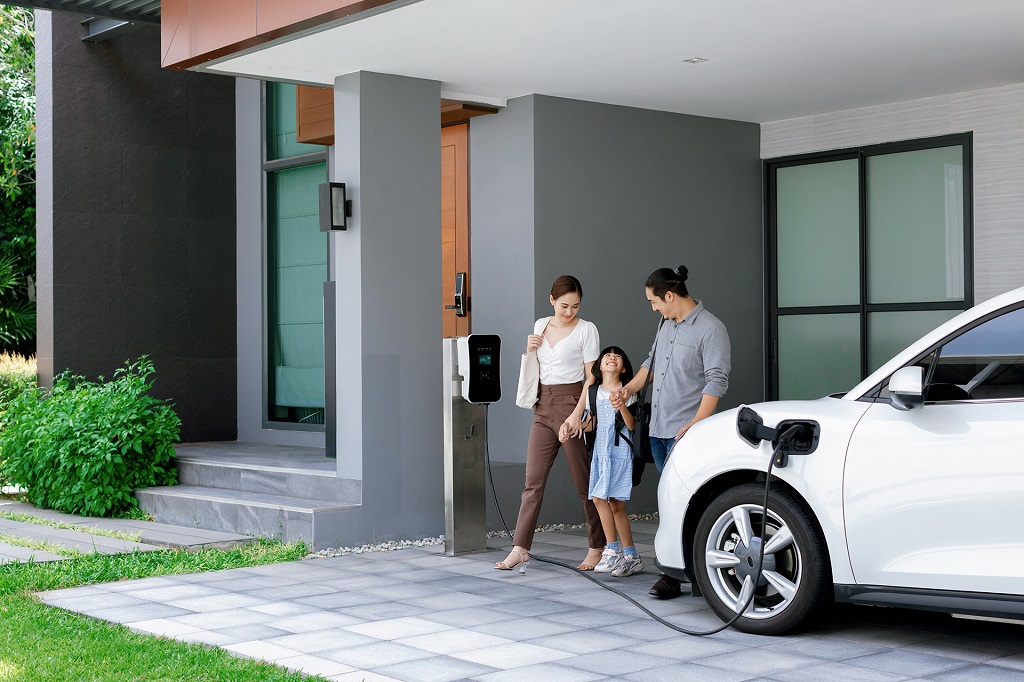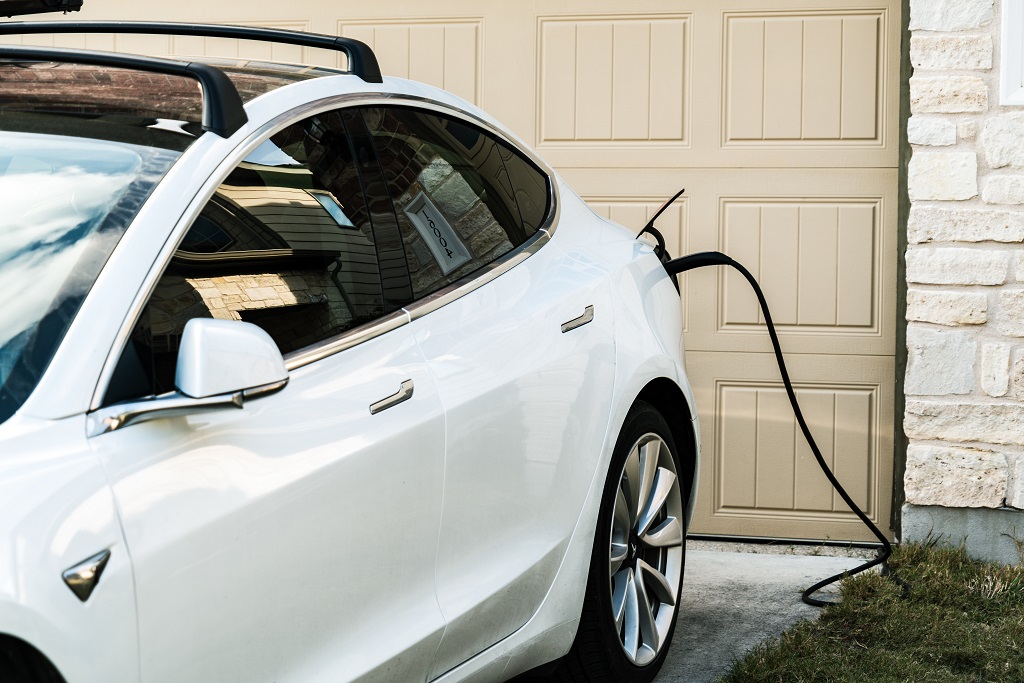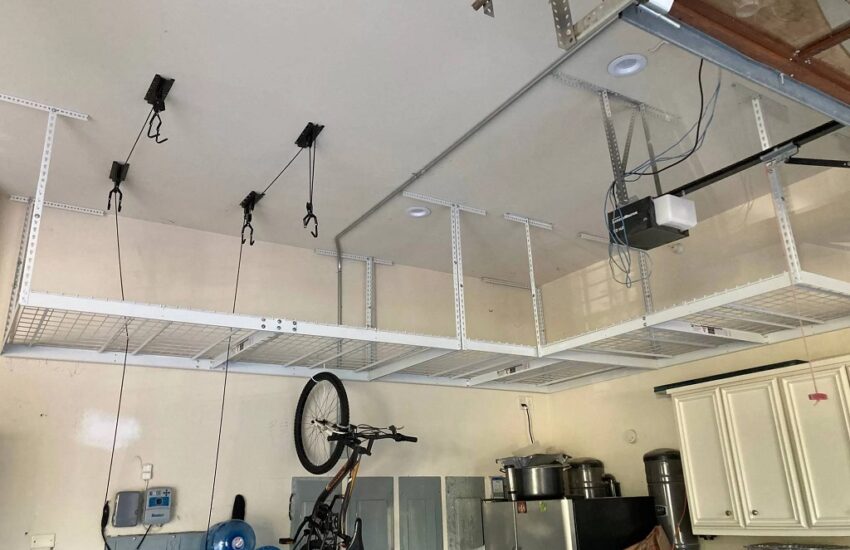The electric vehicle (EV) revolution is in full swing, offering a cleaner and more cost-effective way to hit the road. But what if you don’t have a garage? Fear not, fellow eco-conscious driver! Here’s a comprehensive guide on how to charge your electric car conveniently at home, even without a dedicated parking space inside.
Understanding Your Charging Options: Slow and Steady vs. Fast and Furious
Electric vehicles come equipped with a charging port that connects to an external power source. There are two main charging levels for home use, each with its pros and cons:
-
Level 1 Charging: This is the most basic option, utilizing a standard 120-volt household outlet. It’s akin to plugging in your phone charger – convenient if you have no other options, but incredibly slow. A full charge from near-empty can take a staggering 24 hours or more, depending on your car’s battery capacity.
-
Level 2 Charging: This is the way to go for faster charging at home. Level 2 chargers, also called Electric Vehicle Supply Equipment (EVSE), utilize a 240-volt outlet similar to your dryer or oven. They can fully charge most EVs in a much more manageable 4-8 hours.
For home charging without a garage, opting for a Level 2 EVSE is generally recommended due to its significantly faster charging times.
Pro Tip: While Level 1 charging might seem like a last resort, it can be a good option for topping off your battery if you have access to a nearby outlet for a short period.
Choosing the Right Charger: Weather or Not It Matters
Since your charger will be exposed to the elements, weatherproofing is crucial. Look for a Level 2 EVSE with a NEMA 4 rating. This signifies its ability to withstand rain, snow, dust, and other outdoor conditions.
Consider the charging power (in kW) offered by the EVSE. Higher kW ratings provide faster charging, but ensure your electrical panel can handle the increased load. Consulting a qualified electrician is highly recommended for both choosing an appropriate EVSE and installation.
Installation Considerations: Safety First and Foremost
Installing a Level 2 EVSE typically requires professional help from a licensed electrician. Here’s what to consider for a safe and efficient setup:
-
Location, Location, Location: Choose a convenient spot near your regular parking space. Ideally, the charger should be within reach of the car’s charging port when parked.
-
Electrical Panel Check-Up: The electrician will assess if your existing electrical panel can handle the additional load of the EVSE. Upgrading the panel might be necessary in some cases.
-
Permits and Inspections: Depending on your local regulations, permits and inspections from relevant authorities might be required before installation.
-
Cable Management: A long enough cable is vital to connect the EVSE to your car comfortably. Opt for a weatherproof cable management system to keep the cable organized and protected from the elements.
Safety Tip: Never use extension cords for EV charging. They are not designed for the sustained high current draw and can overheat, posing a fire hazard.
Alternative Solutions for Street Parkers
If you rely on street parking, here are a few options to explore:
-
Public Charging Stations: These are becoming increasingly common. However, relying solely on public stations can be inconvenient and might incur usage fees.
-
Landlord Approval: If you live in an apartment complex, inquire with your landlord about the possibility of installing a dedicated EV charging station in a common area. Some forward-thinking properties are already incorporating such facilities.
-
On-Street Charging: Certain areas are introducing designated on-street charging spots equipped with EVSEs. Check with your local authorities to see if this option is available in your neighborhood.
Community Approach: Advocate for EV charging infrastructure in your neighborhood. Speak to your local representatives or homeowner’s association to explore possibilities for installing public charging stations or designated EV parking spots with charging facilities.
Additional Considerations: Cost and Incentives
The cost of installing a Level 2 EVSE can vary depending on the model, chosen features, and electrical work required. It typically ranges from $500 to $1,200.
The good news is, there might be financial incentives available to offset the cost. Federal, state, and local governments often offer tax credits or rebates for EV charger installation. Check with your local utility company and government websites for relevant programs. Additionally, some EV manufacturers might offer installation rebates or include a basic Level 2 charger with your car purchase.
Going Green Without the Garage: Making Informed Choices
Owning an electric car without a garage doesn’t have to be a barrier to convenient and efficient home charging.
By understanding charging levels, choosing the right weatherproof EVSE, and exploring alternative solutions if necessary, you can enjoy the benefits of electric driving while minimizing your environmental impact. Here are some additional insights for those with some existing knowledge of home electrical systems:
-
Understanding Circuit Capacity: Your existing electrical panel has a limited capacity (measured in amps). Adding a Level 2 EVSE increases the load on the system. The electrician will assess your panel’s capacity and recommend any necessary upgrades, such as installing a new circuit breaker or even increasing the panel’s overall amperage.
-
Smart Charging Options: Some Level 2 EVSEs offer smart charging features. These features allow you to schedule charging times, optimize charging based on electricity rates (time-of-use billing), and even integrate with your home energy management system for a more efficient charging experience.
-
DIY Considerations: While a qualified electrician is recommended for installation, some homeowners with advanced electrical knowledge might consider installing a Level 2 EVSE themselves. However, this is not a project for beginners. Improper installation can be dangerous and could void warranties on the EVSE or even your car. Always prioritize safety and consult a professional if you have any doubts about your ability to handle the installation.

Owning an EV: A Sustainable Choice for the Future
The environmental benefits of electric vehicles are significant. EVs produce zero tailpipe emissions, contributing to cleaner air and a reduced carbon footprint. While the electricity used to charge EVs might still come from fossil fuels in some regions, the transition towards renewable energy sources like solar and wind power is constantly progressing.
Related: Are Clopay Garage Doors Good Quality?
Conclusion
Owning an electric car without a garage doesn’t have to be a hurdle. With a little planning, research, and the right equipment, you can enjoy the convenience of home charging and contribute to a more sustainable future. Remember, consulting a qualified electrician is crucial for safe and proper installation. So, charge ahead with confidence and experience the exciting world of electric mobility!








